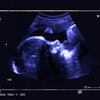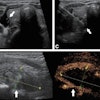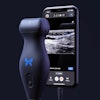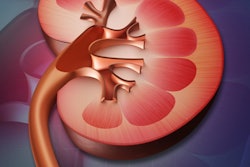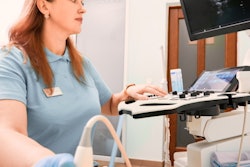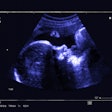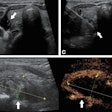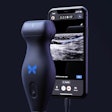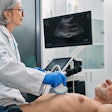High-frequency ultrasound may be used for bone assessment in pediatric patients, according to research published August 11 in the Journal of the American College of Radiology.
A team led by Pan Li, MD, from the Second Affiliated Hospital of Chongqing Medical University in China, found that a model for estimating bone age that uses high-frequency ultrasound achieved high sensitivity, specificity, and agreement with established radiographic standards.
“Compared with radiographic methods, the proposed model demonstrated comparable accuracy,” Li and colleagues wrote.
Measuring bone age in children serves several purposes. These include evaluating growth and development, predicting adult height, and deciding the timing of surgical interventions, among others.
While left-wrist radiography is commonly used to measure bone age, the researchers noted that innovations in ultrasound could help increase the modality’s use as a radiation-free alternative for this patient population.
The study authors developed what they called a “simple and accurate” model for estimating bone age. To create the model, the team used high-frequency ultrasound to evaluate ossification rates at five skeletal sites located at the wrist and knee joints. It divided participants into pilot, modeling, and validation groups based on enrollment dates and predefined inclusion criteria. Using this data, the researchers created a ridge regression model that weighed individual ossification rates, leading to the ultrasound-based bone age estimation model.
The investigators used radiographic bone age as the reference standard, specifically the TW3-C-RUS edition of the Tanner-Whitehouse method. This method is based on the level of maturity for 20 selected regions of interest in specific hand and wrist bones.
The study included 2,001 children with a median age of 9.5 (range, 6.6 years to 13.2 years).
The ossification rates of the distal radius, ulna, femur, medial condyle of the proximal tibia, and tip of the fibula had strong positive correlations with the bone age (p < 0.001), and ultrasound-based bone age measurements showed excellent concordance with radiographic bone age, with an intraclass correlation coefficient of 0.99.
Finally, the model performed well in identifying abnormal bone age. This included a sensitivity of 93.8% in boys and 100% in girls, and a specificity of 100% in both sexes.
The authors highlighted that their results offer “a promising approach to bone age evaluation using high-frequency ultrasound and ridge regression.” It offers a “nonradiative, accurate, and clinically applicable tool” for pediatric bone age assessment, they concluded.
The full study can be accessed here.

